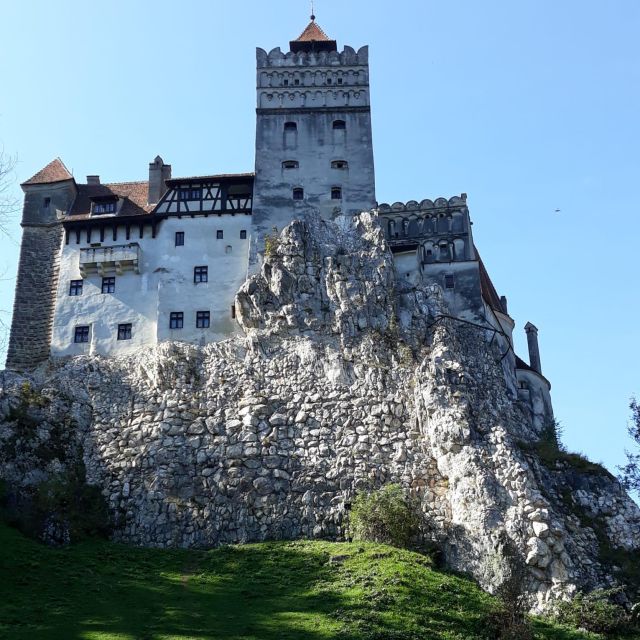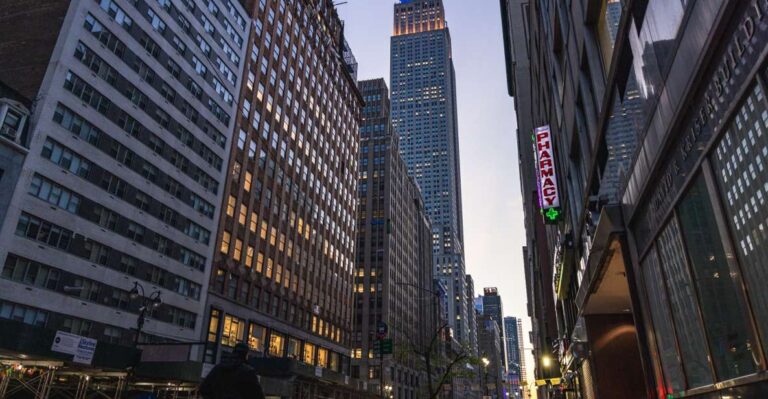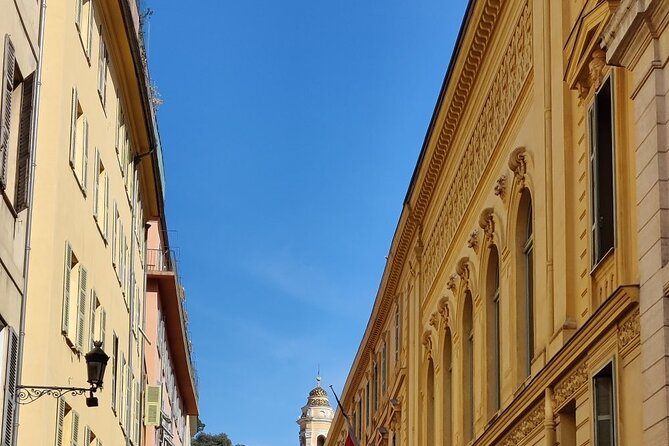Step into the shadows of Lisbon’s captivating past, where the city’s role as a wartime haven and center of international espionage unfolds. Uncover the intricate web of intrigue that thrived in the bustling Baixa district, where prominent figures sought sanctuary and whispered discussions on the unfolding war echoed through historic cafes. Trace the footsteps of the past and discover Lisbon’s little-known legacy as a sanctuary for those fleeing the Gestapo. With a wealth of untold stories waiting to be explored, this walking tour promises to reveal the city’s hidden wartime secrets.
Key Points
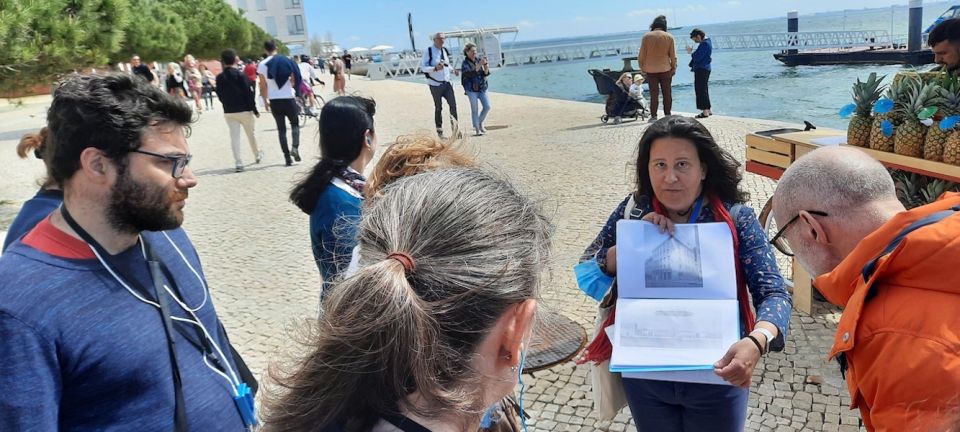
- Explore Avenida da Liberdade, where pensions and aid organizations provided vital refuge for refugees fleeing the war’s devastation.
- Uncover the web of international espionage that thrived in the bustling commercial district of Baixa de Lisboa.
- Visit Restauradores Square to learn about the complex and contradictory refugee policies of the authoritarian Estado Novo government.
- Discover the wartime discussions and intrigue that took place in the historic cafes of Chiado.
- Understand the meticulous efforts to safeguard Lisbon’s significant landmarks, ensuring they remained unscathed during the war.
Lisbon’s Role as a Haven
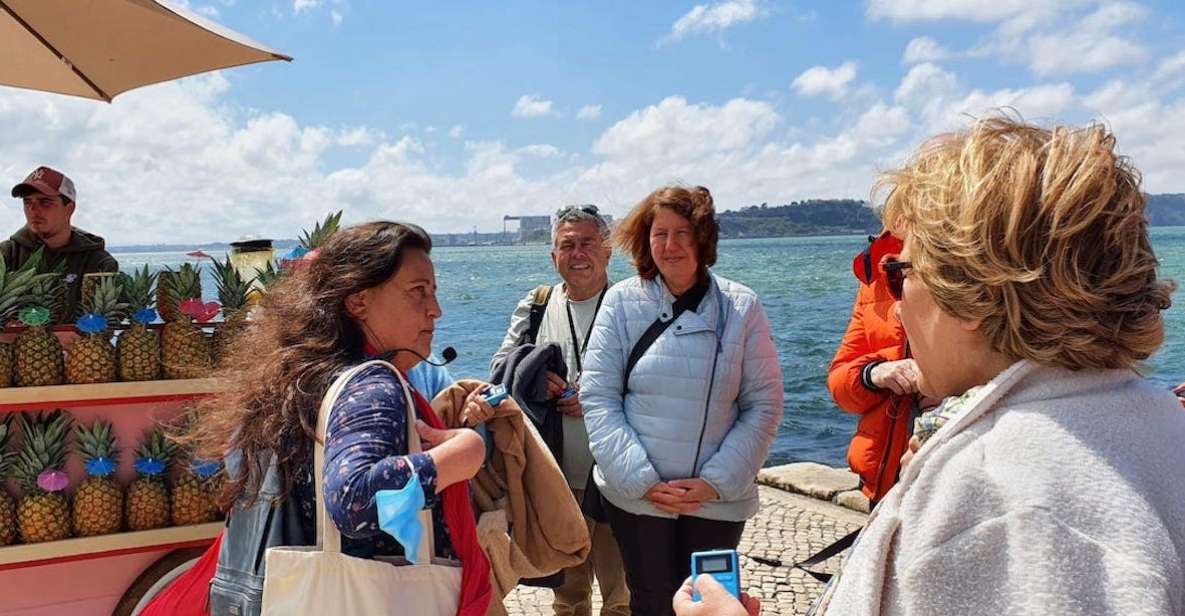
During World War II, Lisbon became a haven for refugees fleeing the war’s devastation, providing a safe haven for those seeking to escape the horrors unfolding across Europe.
The city’s neutrality and its strategic location made it an attractive destination for those desperate to flee the Nazi occupation. Thousands of people, including prominent figures such as Josephine Baker and Alfred Döblin, passed through Lisbon, seeking temporary refuge or a passage to the Americas.
The city’s hotels, pensions, and aid organizations played a crucial role in providing shelter, sustenance, and assistance to these refugees, many of whom had narrowly escaped the clutches of the Gestapo and the SS.
Lisbon’s role as a sanctuary during this tumultuous period has become an integral part of its historical legacy.
International Espionage in the City
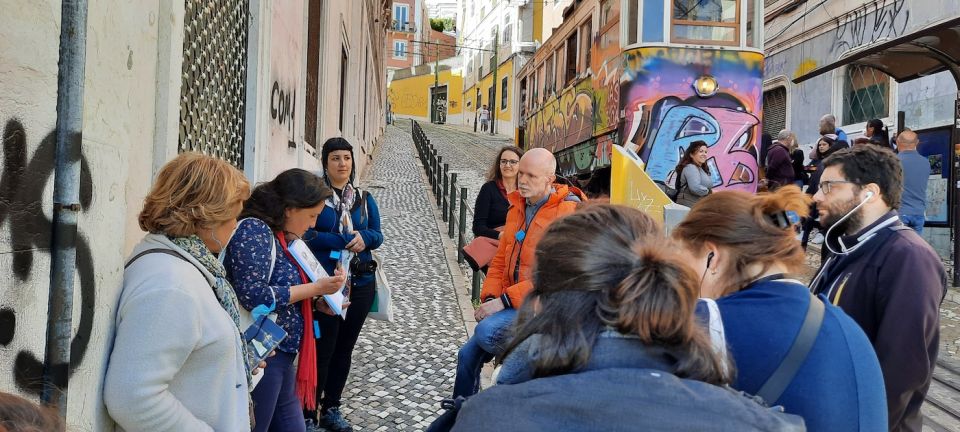
Beneath Lisbon’s veneer as a haven for refugees, the city also became a hotbed of international espionage during World War II, as opposing factions vied for information and control.
Spies from Germany, Britain, and the United States roamed the streets, meeting in the shadows of Baixa’s cafes to exchange sensitive documents and recruit new agents.
The Restauradores Square, in particular, buzzed with whispers and clandestine activities, as the authoritarian Estado Novo regime tightened its grip on the capital.
Visitors can still explore this shadowy world of double agents and covert operations, uncovering the intrigue that unfolded against the backdrop of Lisbon’s wartime neutrality.
From hotels to monuments, the city’s espionage history is woven into its very fabric.
Visiting Historic World War II Locations
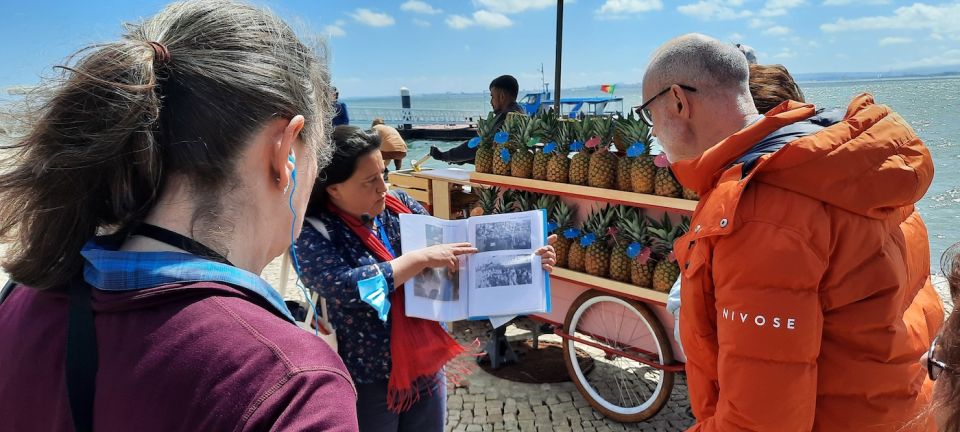
Visitors exploring Lisbon’s World War II heritage can uncover the city’s role as a haven for refugees and a backdrop for international espionage by visiting a range of historic locations throughout the capital.
The tour explores significant sites such as:
- Marquês de Pombal Square, near the former Hotel Aviz, a prominent hotel at the time.
- Avenida da Liberdade, where humble pensions and aid organizations provided refuge to those fleeing the war.
Visitors can learn about the policies of the Estado Novo regime concerning refugees at Restauradores Square.
The tour also explores the shadowy world of spies from opposing factions in Baixa de Lisboa, and the historic cafes of Chiado where news of the war was discussed.
Exploring Avenida Da Liberdade’s Refuges
Along the grand Avenida da Liberdade, humble pensions and aid organizations provided vital refuge for those fleeing the war’s devastation, offering a glimmer of hope amidst the shadows of Lisbon’s World War II landscape.
As the tour guide leads visitors down this historic avenue, they’ll uncover the stories of the refugees who found sanctuary here – from impoverished families to high-profile figures like the renowned writer Alfred Döblin.
Guests will learn about the discrete networks that helped these displaced individuals navigate bureaucratic obstacles and access the essentials they needed to survive.
Tracing the footsteps of the past, the tour sheds light on Lisbon’s little-known role as a haven for those seeking safety from the horrors of the war.
Restauradores Square and the Estado Novo
As the tour moves away from the Avenida da Liberdade’s hidden refuges, it arrives at Restauradores Square, where guests uncover the policies of the Estado Novo regime concerning refugees during this tumultuous period.
The authoritarian Estado Novo government, led by António de Oliveira Salazar, maintained a complex and often contradictory stance on the influx of refugees. Visitors learn about:
- The regime’s reluctance to openly welcome refugees, fearing potential political upheaval.
- The temporary measures put in place to provide limited assistance, while closely monitoring the refugee population.
- Salazar’s attempts to balance Portugal’s neutrality with pressures from both Axis and Allied powers.
- The role of Restauradores Square as a site where these policies and debates played out.
Uncovering the Baixa De Lisboa’s Shadows
From the well-lit Restauradores Square, the tour descends into the shadowy world of Baixa de Lisboa, where the covert activities of spies from opposing factions come to light.
Your guide unravels the intricate web of espionage that thrived in this bustling commercial district during the war. You’ll learn about the hidden safe houses, clandestine meetings, and coded communications that took place behind the facades of ordinary shops and offices.
Discover how Lisbon’s position as a neutral hub allowed it to become a hub for international spycraft, with agents from Germany, Britain, and the United States all vying for information and influence. The Baixa’s labyrinthine streets conceal a captivating history of wartime intrigue.
Chiado’s Wartime Cafes and Discussions
The tour then leads participants to Chiado, where they explore the historic cafes that served as hubs for wartime discussions and information exchange. Amidst the clinking of cups and murmurs of conversation, visitors uncover the pivotal role these establishments played in shaping Lisbon’s reputation as a refuge and center of espionage during World War II.
Visitors can discover the secrets hidden within the walls of legendary cafes like A Brasileira and Café Nicola, where exiled writers, artists, and political figures gathered to share news and plot their next moves.
Learn how the atmosphere of these cafes captured the tension and intrigue of the era, with whispered conversations and furtive glances exchanged between patrons.
Imagine the discussions that took place, as refugees and spies alike debated the unfolding events of the war and their implications for the city.
Appreciate the enduring legacy of these cafes, which continue to be beloved gathering places for Lisbon’s intellectuals and creatives.
Protecting Lisbon’s Significant Landmarks
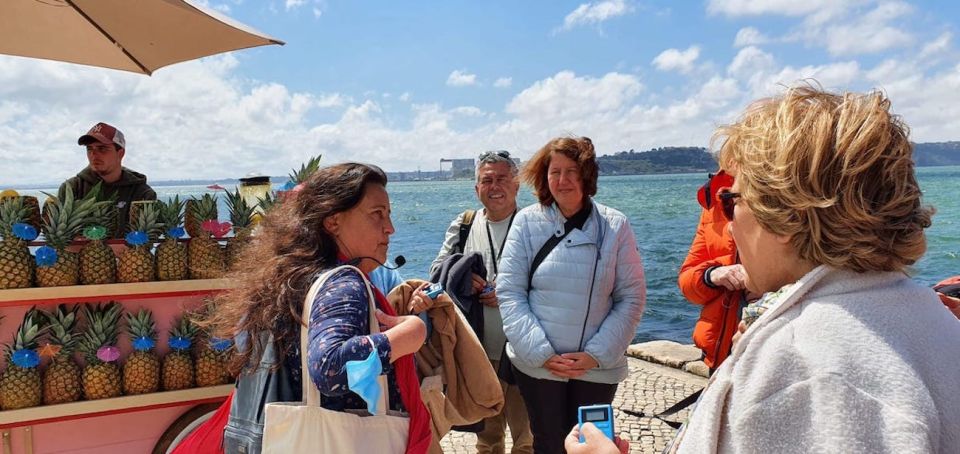
Lisbon’s authorities took meticulous steps to safeguard the city’s most significant landmarks during the tumultuous years of World War II, recognizing their importance as symbols of Portugal’s neutrality and cultural heritage.
The historic Praça Dom Pedro IV, also known as Rossio Square, was carefully monitored and protected from potential damage. Monuments like the Jerónimos Monastery and Belém Tower were meticulously fortified to prevent any threats.
Plus, contingency plans were put in place to rapidly evacuate and secure priceless artworks and artifacts housed in the city’s museums. Through these proactive measures, Lisbon ensured its landmarks remained unscathed, serving as enduring reminders of Portugal’s steadfast neutrality during the global conflict.
Recap
Lisbon’s wartime history is a captivating tale of refugees, espionage, and intrigue.
Uncover the city’s legacy as a sanctuary and center of clandestine activities.
Trace the footsteps of the past, explore historic cafes, and discover the shadows that still linger in the Baixa district.
This walking tour offers a unique glimpse into Lisbon’s little-known role during the tumultuous years of World War II.

